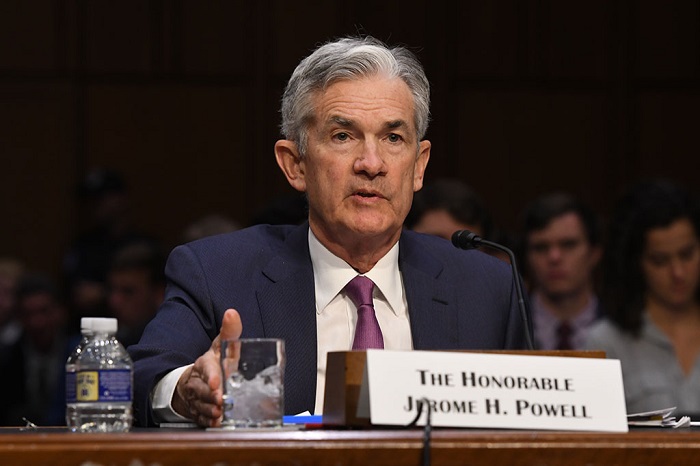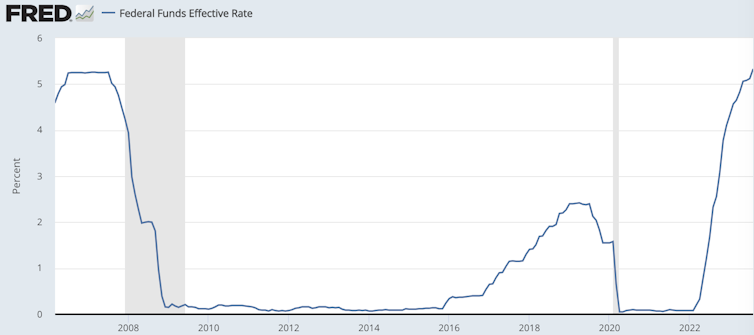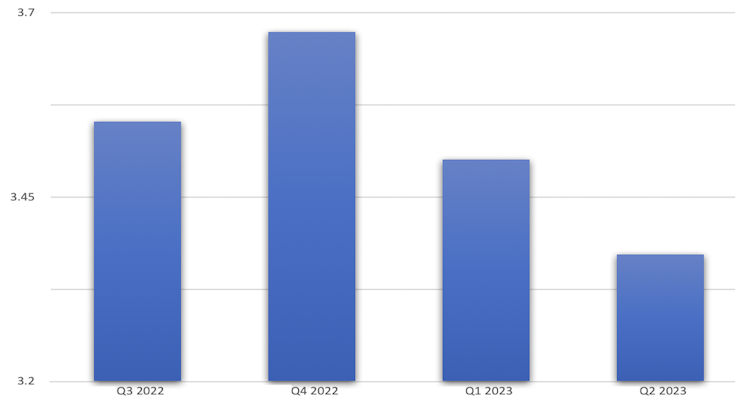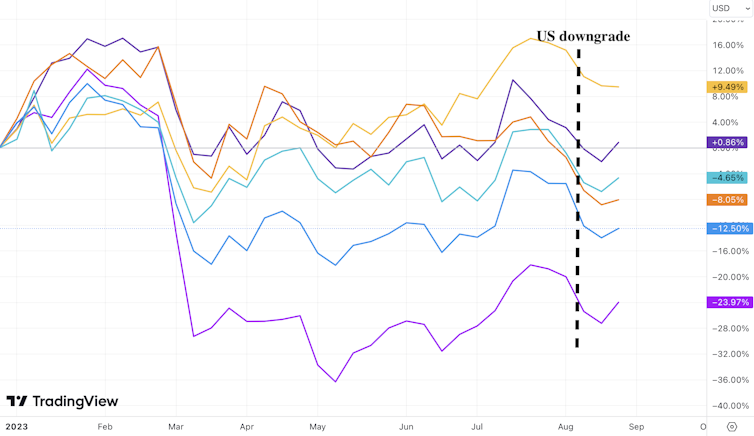Is your business languishing? Since you’re still in business, it’s apparent that the business was doing well at one point. The good news is that you have learned a lot about marketing your products and customers. The bad news is that sales are slipping. The best news is that you recognize it’s time to do an about face and reinvent your business with the assistance of angel investors.
Though angel funding is viewed by many as primarily being start-up funding, the fact is there is total freedom to seek and structure financing in any way that meets the needs of the angel investors and your business. Using what you have learned in the past, including through mistakes made, you can reinvent your business as if it’s a new enterprise and come out stronger than ever.
It’s also a fact that businesses need to reinvent themselves periodically. The reinvention often comes on the heels of experience, though. People change, the economy changes, the marketplace changes, customer needs change – all good reasons to reinvent your business and rev up revenues once again. Experience can teach entrepreneurs that the business is solid but needs a new approach to penetrate the market, a new service or product to round out its offerings, or perhaps a new look or refined brand image that successfully appeals to the niche market.
It’s a pity that so many businesses with great potential end up going out of business simply because the owners refused to adapt. This became abundantly clear as the recession, and now the slow recovery, unfolded. The economy shifts periodically and the successful business is able to shift with it. Stubbornly refusing to change a brand that has become outdated is not a good business practice even if you have spent years building it. A brand won’t be useful if the business fails because you didn’t listen to the marketplace.
Marching Toward Innovation
Angel investors have proven to be an important source of funding in a sluggish economy. Fueling start-ups by supplying business funding, they also power business reinventions. It makes perfect sense too because angel investors are interested in innovation, new ideas and new approaches. Businesses decide every day to change course to better able meet customer needs or a changed marketplace. Some of the more well known reinventions like Apple computers, GE and HP, are textbook stories of success. Large companies can find business funding through banks and equity partners. Smaller companies can turn to angel investors.
It’s too bad that so many entrepreneurs refuse to about face when all the signposts point in the opposite direction. The benefits of changing course are overcome by the fear of failure, and yet that is exactly what happens in many cases – failure. Angel investors are willing to accept risk if you have a solid business for reinvention in a changing economy and marketplace. Angel investors appreciate innovation and new ideas in any area including:
· Technological innovation leading to new products or services
· Upscale redesign of brand
· Expansion of services or products or services to serve new customers
· Identification and servicing of new market niche
As an existing business, you have a track record that proves you can operate a business, identify a market and serve customers. You can approach an angel investor with proof of success and that is a powerful selling point.
Saluting Your Core Competences
The core competencies of your business serve as the starting point for reinvention. They represent business strengths on which new products and services can be developed. Angel investors can fund the innovation that breathes new life into your business whether you want to expand produce or service offerings, increase market share or re-brand. Show angel investors the value you have to offer customers and they will have lots of reasons to support your efforts with business funding.
Get more advice about business funding at Alliance Group Capital
Article Source: https://EzineArticles.com/expert/Dana_Prince/41766
Article Source: http://EzineArticles.com/6714847



















